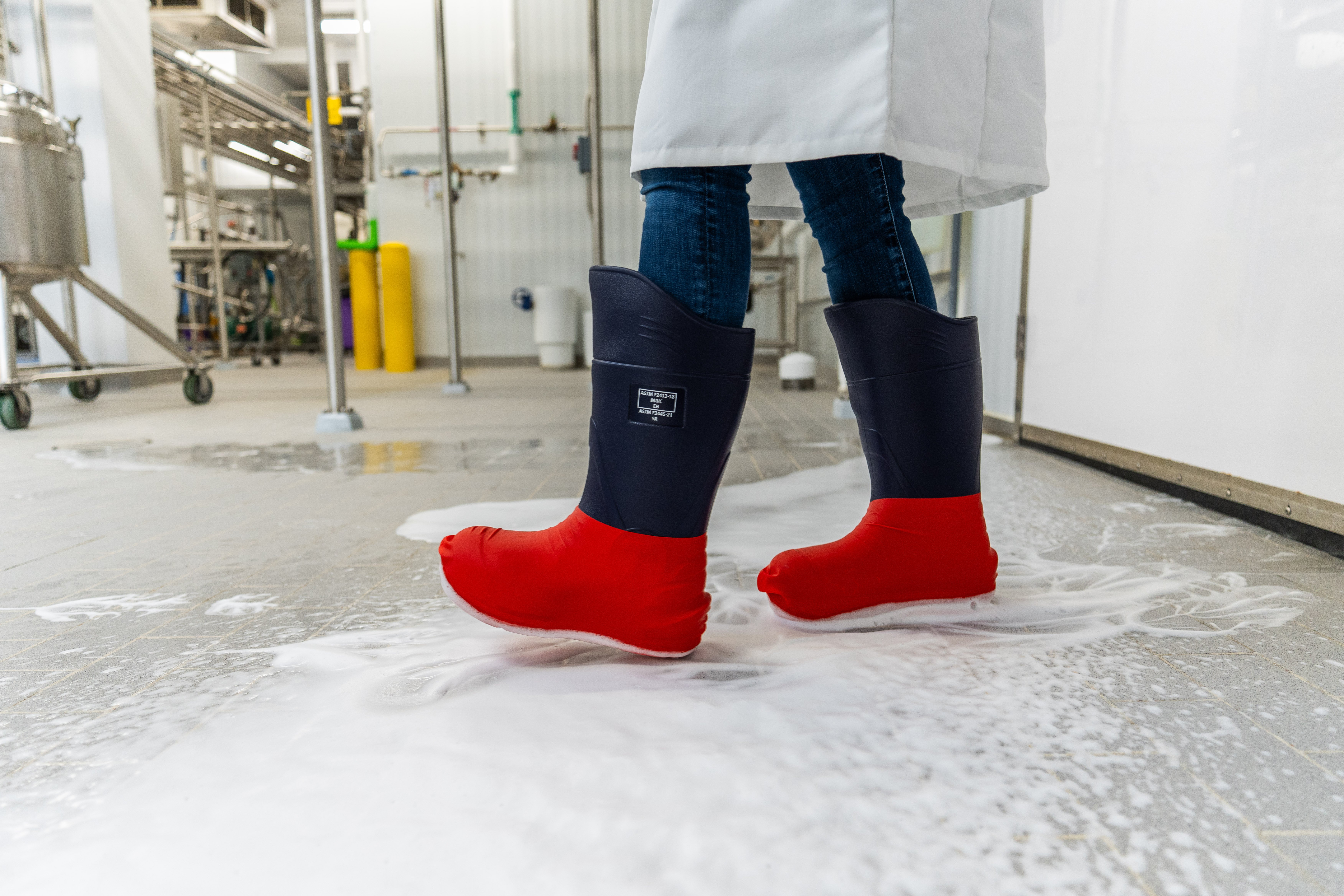Navigating the vast array of pH electrodes to find the perfect fit for your application can be a daunting task, given the multitude of options available. This comprehensive selection guide serves as a valuable resource to ensure that you make the right choice when ordering a pH electrode tailored to your specific needs. Exploring the distinctions between gel-filled and refillable electrodes, glass and epoxy body designs, bulb variations, and reference chemistry, the guide offers insights into crucial features that impact electrode performance. From the ruggedness of a semi-dome design to the temperature resistance of glass bodies, each aspect is meticulously covered. The guide delves into the intricacies of reference design, emphasizing the importance of preventing contamination and presenting alternatives like double-junction or calomel electrodes. Brands such as Oakton, Pinnacle, and Thermo Scientific Orion are highlighted, offering a diverse range of electrodes with varying features like Sure-Flow reference junctions and AquaPro's low-maintenance design. Whether you are working with cheese, yogurt, viscous materials, or challenging samples, this guide is your compass in the complex terrain of pH electrode selection.
Gel-filled electrodes are convenient and easier to maintain. However, the liquid-filled electrode will provide a faster response. Users can also replace the fill solution to optimize performance.
Glass body electrodes will typically be able to withstand higher temperatures. The glass design offers better sealing, fusing glass to glass instead of relying on adhesives. The epoxy body is susceptible to breakage.
pH electrodes are hand-blown by experienced craftsmen and can be modified to provide a semi-dome for increased ruggedness, a spear tip for soft penetration or even a flat surface. The glass formulation can provide an increased range.
To achieve accurate results, the reference electrode must allow electrolyte solution to flow into the sample. Depending on the size and material of the junction, this flow rate can be increased or kept to a minimum. Faster flow produces stable readings faster but results in greater service requirements or premature electrode failure.
The leading cause of electrode failure is reference contamination. The most popular electrodes use a silver chloride (AgCl) reference solution that can react with heavy metals, sulfides, and organics. If your application has any of these contaminants present, be sure to select either a double-junction or calomel electrode. The double-junction electrode uses a second internal reference junction, restricting the AgCl solution to the upper chamber where it is isolated from the sample. The calomel electrode replaces the AgCl with HgCl.

The type of available electrodes, the desired electrode features and the compatibility of the electrode with the sample are all determining factors in selecting the right pH electrode. pH electrodes are available with a glass or epoxy body and a variety of electrode body styles, fill types, references, junctions, and connectors that suit your application. Other factors to consider when selecting a pH electrode include:
The reference junction should provide a stable and reproducible reading under a wide variety of sample conditions. Electrodes with a Sure-Flow reference junction can be used in a variety of samples, including difficult samples such as cheese, yogurt, and viscous material.
The electrode-filling solution should not interfere with electrode measurements. Electrodes with a double junction reference prevent silver ions from coming in contact with the sample, which is key when measuring samples that contain proteins or sulfides. Refillable ROSS™ Ultra and ROSS™ electrodes do not contain any silver.
The filling solution should flow freely with no fouling or clogging of the junction by the sample. The Sure-Flow reference junction improves the electrode performance by allowing a constant flow of filling solution into the sample. AquaPro pH electrodes incorporate a high-performance polymer that isolates the silver internal reference from the sample. These low-maintenance pH electrodes offer a rapid response due to their open junction design, even in viscous samples.
For further assistance, please call Nelson-Jameson lab product specialists and request the pH Measurement & Troubleshooting Guide.
Shop our selection of electrodes.

December 10, 2025
What is OSHA's Regional Emphasis Program (REP) for the food manufacturing industry? The OSHA Regional Em...

December 8, 2025
There is a fundamental connection between worker safety and food safety: A failure in worker safety can ...

December 1, 2025
Nelson-Jameson understands that efficiency and worker safety are equally important goals in food manufac...